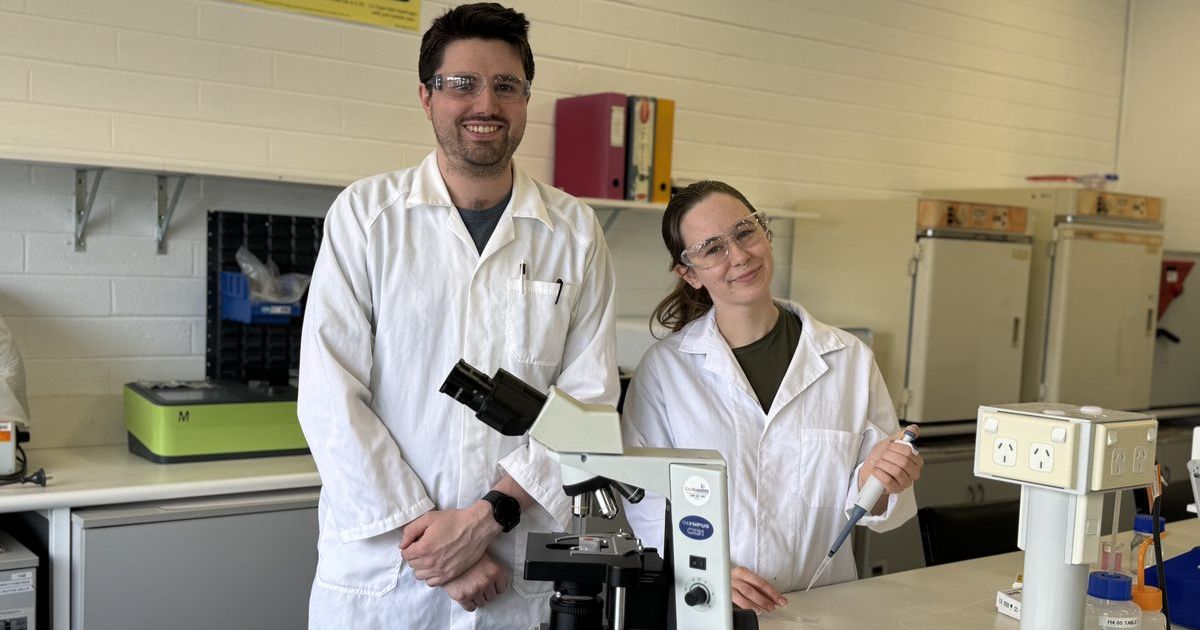Fighting the weeds invasion
DEPARTMENT of Environment, Land, Water and Planning (DELWP) are tackling invasive plant species with a new strategy and plan labelled the Woody Weeds Program.
Forest, fire and native vegetation improvement project officer Tim Miller said the program was necessary due to the proliferation of both native and introduced species which, impacts the health of delicate native species of flora and the overall health of the forest.

“Managing invasive species is an ongoing issue along the Surf Coast. Invasive species can create a monoculture environment that impacts the health of native vegetation, or forces almost all native vegetation out of an area,” he said.
DELWP are working closely other key stakeholders including Great Ocean Road Coast Committee and Parks Victoria as well as local environmental groups along the Surf Coast, who have been tackling this issue for some years.
“By consulting with these agencies and groups during the planning stages, we’ve been able to develop a program that will work alongside their efforts and tackle some of the harder-to treat species,” Mr Miller said.
“We’re targeting pockets where woody weeds have bee more difficult to treat due to their location and density, as well as species that require more heavy-duty treatments.”
The program is targeting species such as sallow wattle coast tea tree, boneseed, bluebell creeper, sweet pittosporum, English brrom and radiata pine, many of which are easily spotted while walking through local bushland.

The program has several strategies to stop the spread of the weeds, which vary and depend where the weeds are. Mulching is being used in areas where the infestation is dense, while other methods include mechanical felling, herbicide spraying and the old-fashioned removal by hand.
The work will continue until June 2021 around Anglesea, Eastern View, Lorne and Kennett River.


















